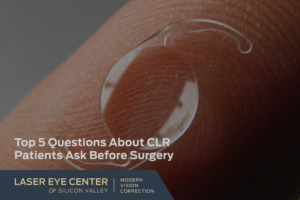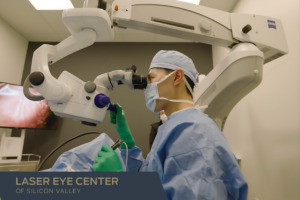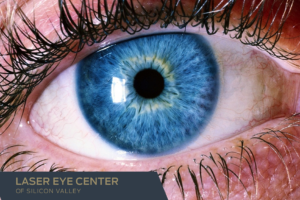Wavefront LASIK is a customized LASIK procedure designed to yield highly accurate results, and to provide better night vision to patients who need it. Wavefront technology is often more precise than standard LASIK treatment, and if you are concerned with low-light vision or driving at night, Wavefront may be the best treatment option for you. This page is designed to give you a basic overview of the Wavefront procedure, and all the benefits that it has to offer.
Wavefront LASIK tends to be a more accurate method of treatment because it measures ALL significant pre-existing visual aberrations prior to surgery with advanced wavefront aberrometry. This enables surgeons to detect “high order” aberrations that cause night vision problems, and then correct them using Wavefront Laser Technology that instantaneously tracks and adjusts to each tiny eye movement during the treatment.
So how successful is Wavefront LASIK at achieving 20/20 vision? Due to their demanding visual requirements, U.S. Navy/Air Force fighter pilots and NASA Astronauts are treated exclusively with Wavefront technology, and studies show that Wavefront LASIK is far more likely to produce perfect vision with long-lasting results:
• In one government-sponsored FDA clinical study, 93% of Wavefront LASIK patients
saw 20/20 or better, and 76% saw better than 20/16
• In another FDA study, 98% of patients saw 20/20 or better, and 100% saw at least 20/40 without glasses
• With the additive benefits of Wavefront technology, you are ten-times more likely to see better
at night than worse after Wavefront LASIK/Epi-LASIK compared to glasses and contacts
While most patients can benefit from the effects of customized Wavefront technology, for some it may be more advantageous than for others. If you are trying to decide between Wavefront or Standard Laser Vision Correction, here are some factors to consider:
Reasons To Have Wavefront LASIK
• Large pupil size
• More severe nearsightedness or astigmatism
• Unsatisfied with current night vision
Reasons To Stick With Standard LASIK
• Mild or moderate amount of nearsightedness or astigmatism
• Normal pupil size
• Minimal “high order” eye aberrations
• Currently satisfied with your overall vision
Ultimately, the decision whether to get Wavefront LASIK will depend on a number of factors, and should be made in conjunction with a qualified LASIK surgeon. The Laser Eye Center of Silicon Valley was the first private practice in the Bay Area to perform Wavefront procedures, and if you are interested in learning more, check out our Information Library or Contact Us to schedule a Free LASIK Exam!






